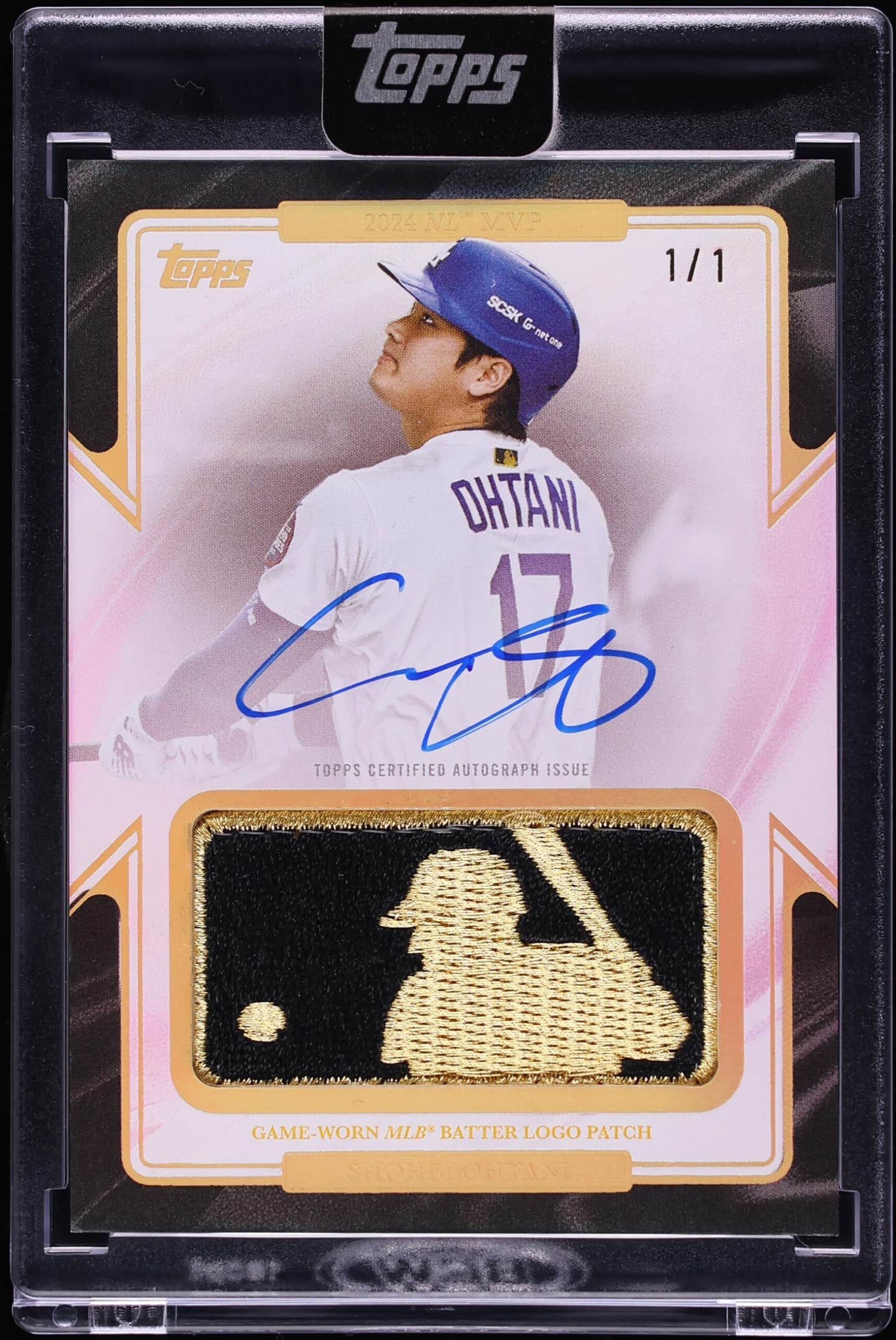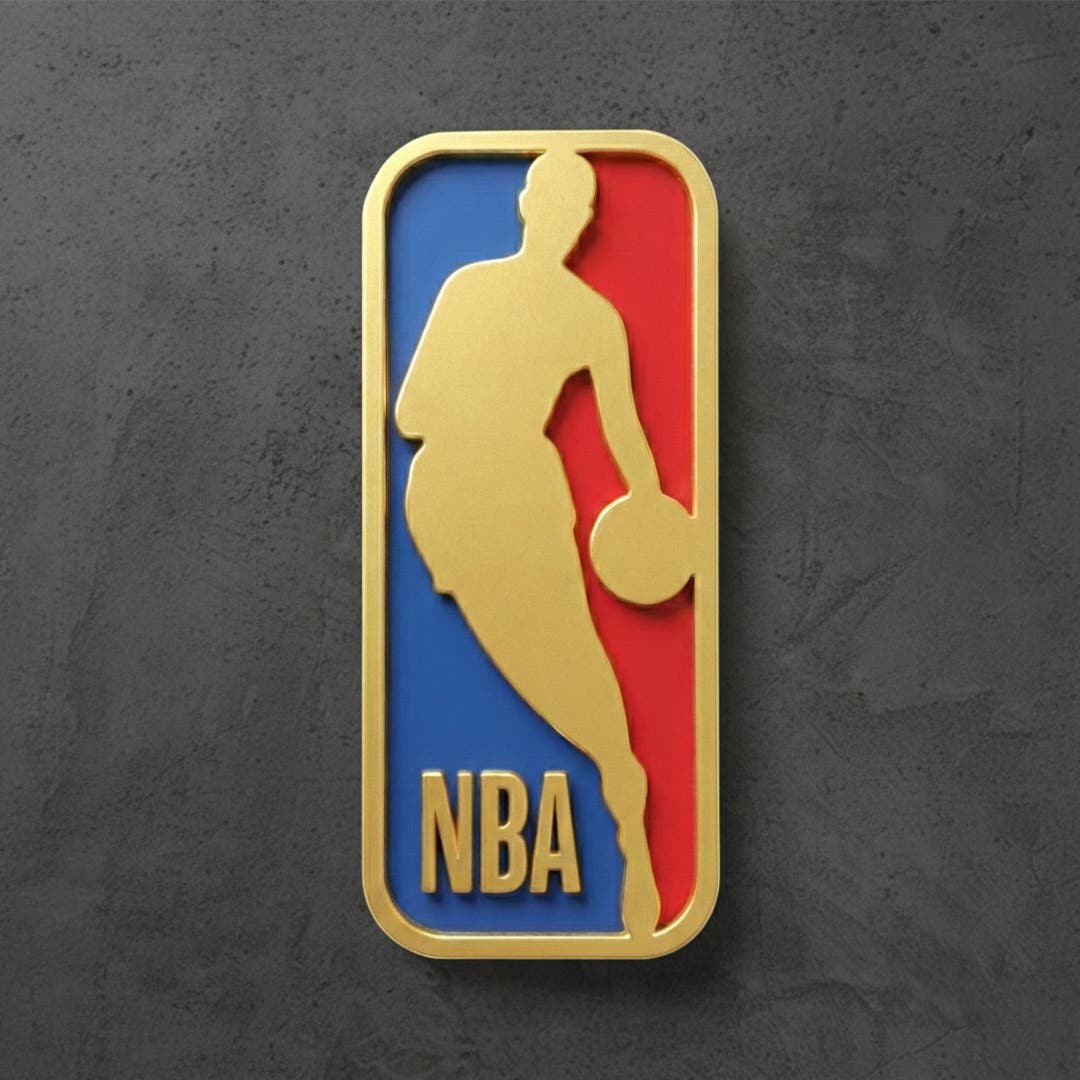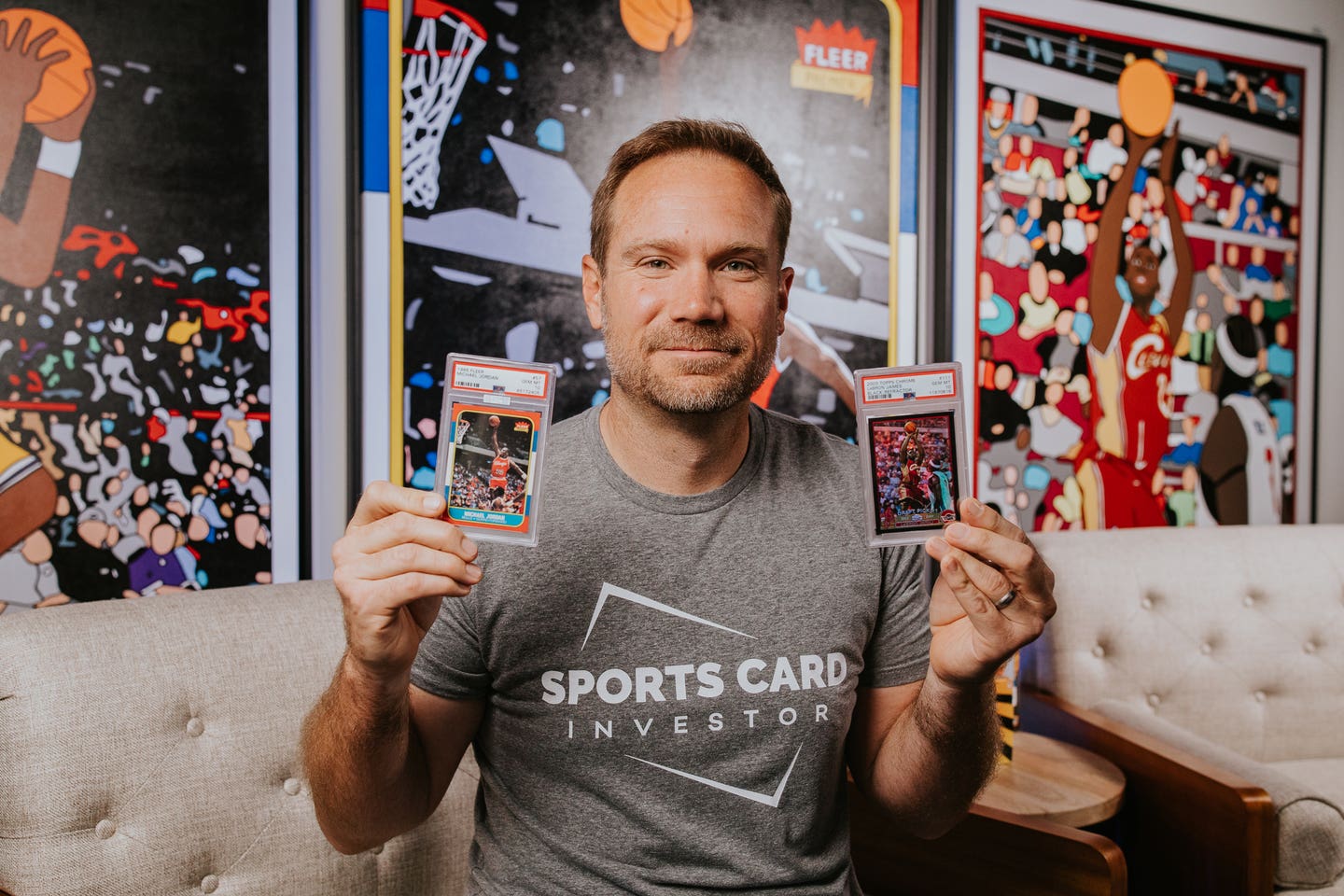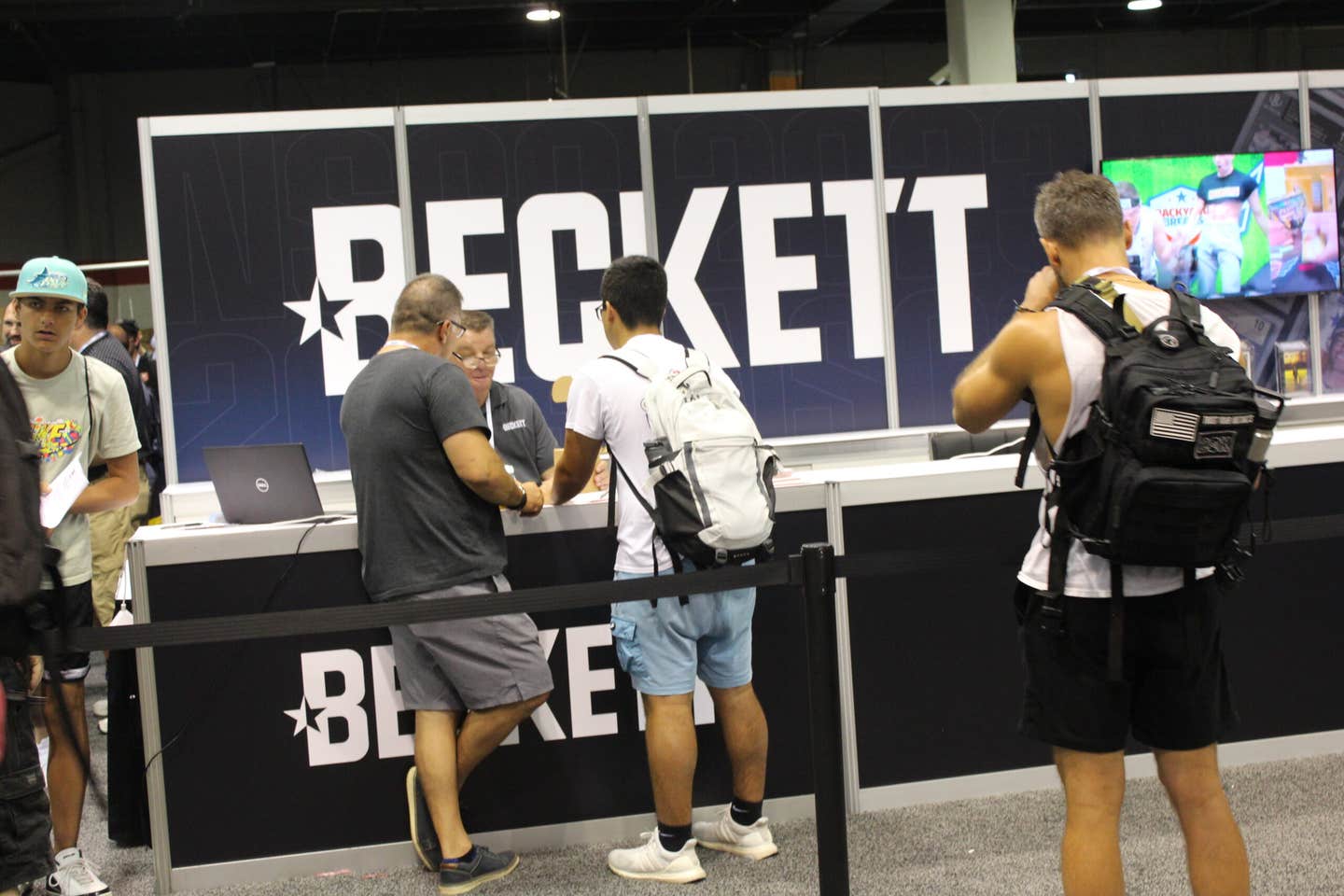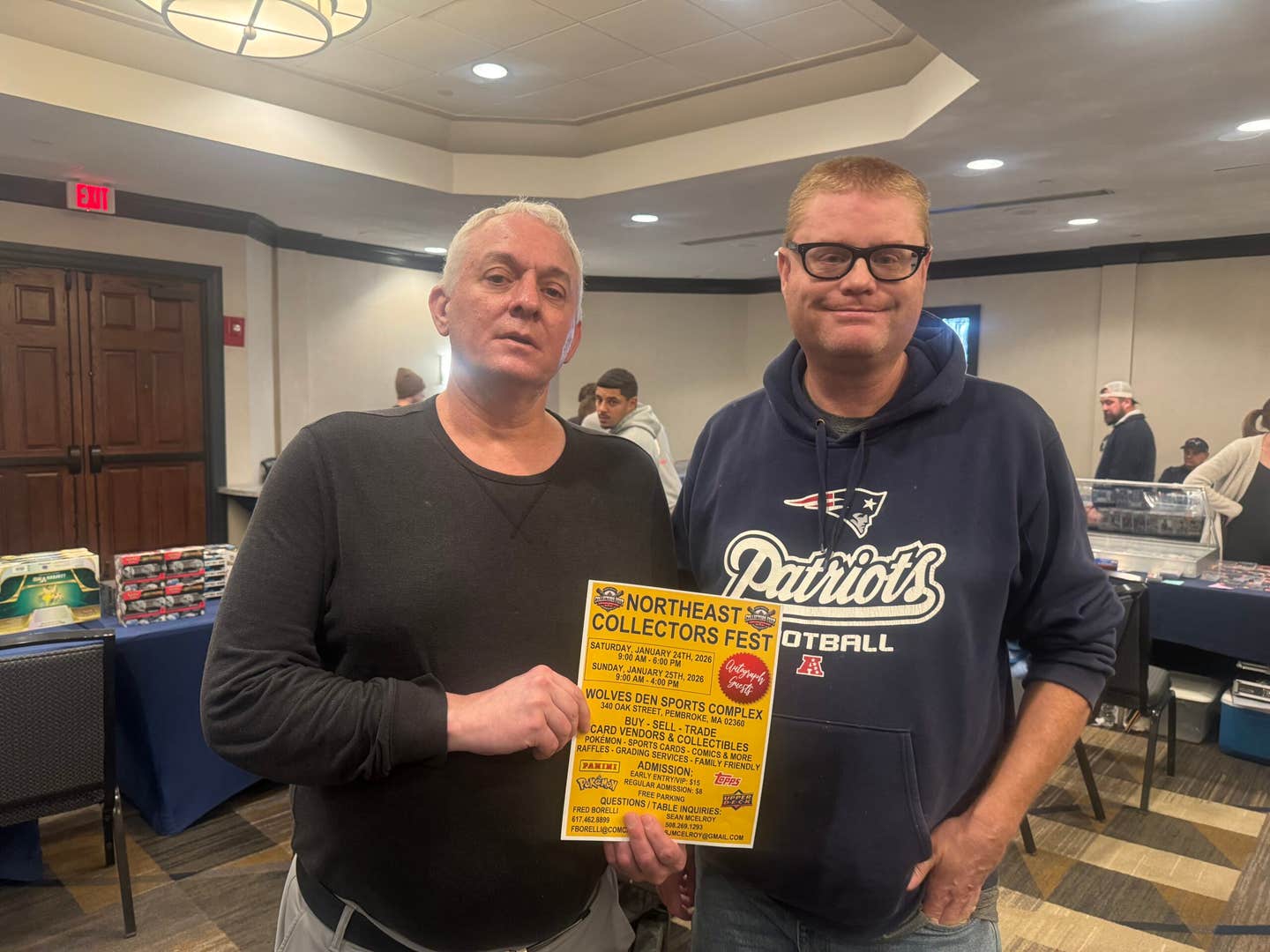News
Plaks collected one piece at a time, and it didn’t cost a dime …
Brian Drent of Mile High Card Co. got an intriguing e-mail this past fall mentioning the seldom-seen 1968 Topps Plaks. The man claimed to have a significant quantity and further explained that the Plaks were found in a garage near Duryea, Pa., outside of Scranton. Drent thought, “Duryea, hmmmm.”
Topps had its factory in Duryea until a couple of years ago, and the man said he had found a quantity of odd little plastic “statues” in his mother’s garage just a few blocks from the former Topps plant in Duryea.
According to the man, both his mother and his mother-in-law had worked at the plant, and his mother would bring home the plastic pieces from work. He said Topps officials would come to the local elementary schools from time to time, testing various new card designs or flavors of bubble gum.
While Drent was at the September Philly Show in Reading, Pa., he drove to Scranton and met with the man. Together they visited the old garage that had housed the Plaks for nearly 40 years, later returning to the man’s home, where the Plaks were arrayed in shoeboxes on the kitchen table.
The two items most typically found in connection with the Plaks
issue, the checklist cards and the packs themselves (both shown at
right) were not part of the recent Mile High Card Co. find.
“I was floored,” said Drent in describing the scene. While the seller has asked that the total number of pieces included not be released, Drent explained that – as in the case of so many major finds – the actual number turned out to be more than the man had originally described in phone calls.
“It was fairly typical that he would have more than he initially said,” Drent continued. “I kept thinking, ‘What does he want for these things?’ I didn’t know what to pay, and I didn’t know how many people would be interested and how much they would would pay.”
Drent explained that while he had seen the Plaks in the Standard Catalog of Baseball Cards, he had never handled any and didn’t even think he had ever seen any of them. It was an awe-inspiring and scary moment, but one that produced a euphoria once the deal was actually completed a few weeks later.
The very rarity of the pieces would have made negotiations problematic anyway, and the normal dance between dealer and collector ensued. “I asked him what they wanted for the pieces,” Drent continued, adding that he had tried to explain to the man how difficult it was to figure out values.
The bargaining continued until Drent had upped the ante to every bit of cash he had brought along, but the man still balked. Ultimately, Drent flew home to Colorado without a deal in hand but with a well-honed sense that he wasn’t out of it, either. “The whole time as I flew home I was telling myself, ‘Don’t let this get away.’ ”
He didn’t and it didn’t. Drent got home and started calling around to close confidants in the hobby trying to gauge what he could reasonably pay and what they might sell for. The man had insisted that he had other offers for the Plaks, but it only took a week or so and they were back in touch and nailing down a final, uh, imposing, number.
Drent didn’t have to wait too long to find out how much enthusiasm was out there for the pieces, as he sold a Mantle at the GBSCC show in Boston in November for $15,000, and a Clemente for $8,000. The Plaks, which typically come three to a sprue like the pieces in a plastic model kit, also proved to be a popular way to move the pieces. A sprue with Catfish Hunter, Pete Rose and Al Kaline sold for $7,000 at that same Boston show.
Drent’s concerns about moving the rare treasures subsided pretty quickly with another private sale to one collector, who spent $45,000 for four different “trees” of three players on each tree, and two other individual players.




